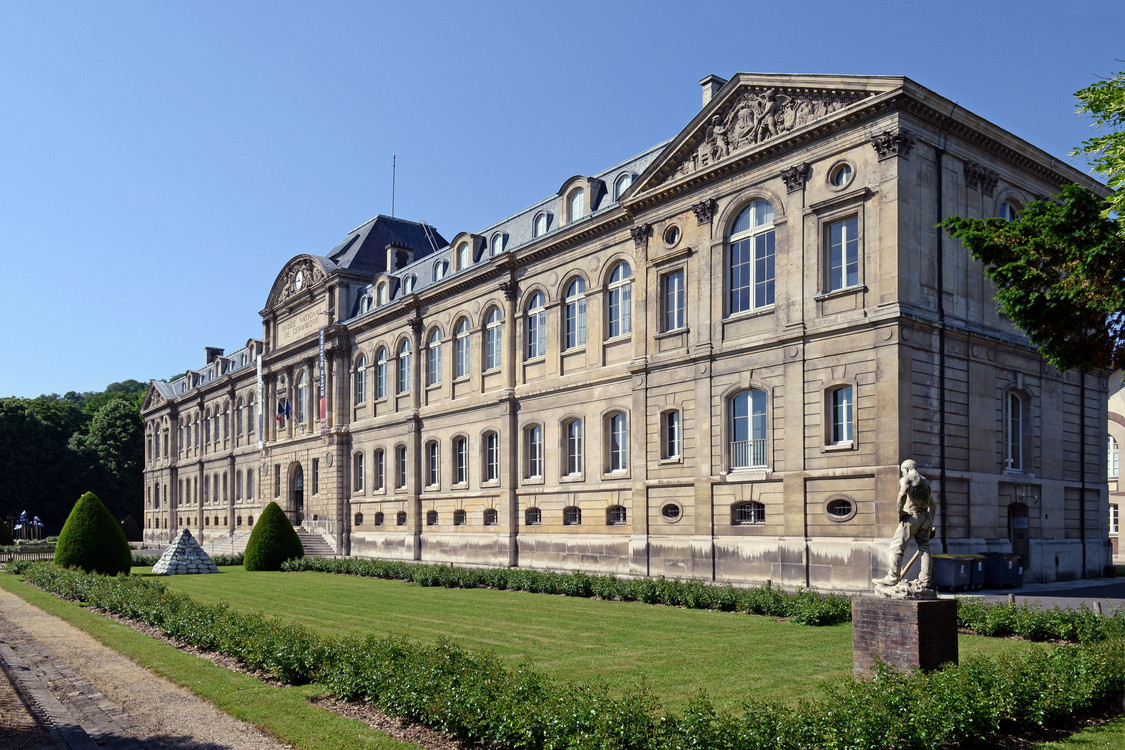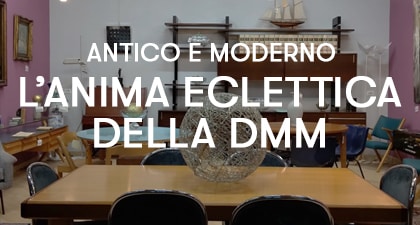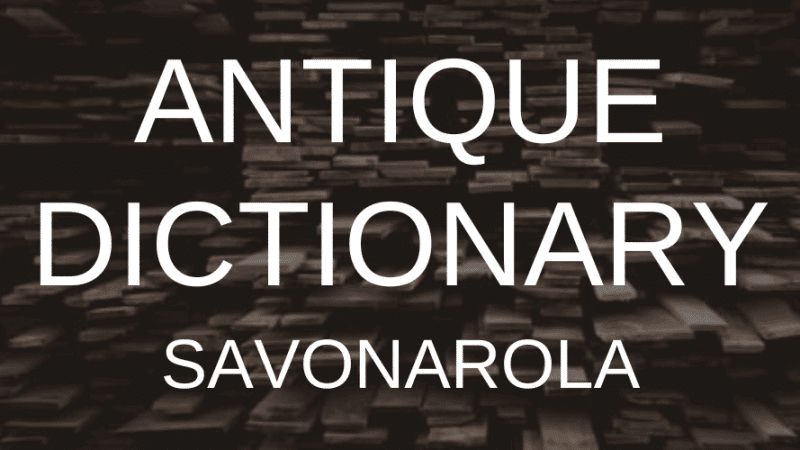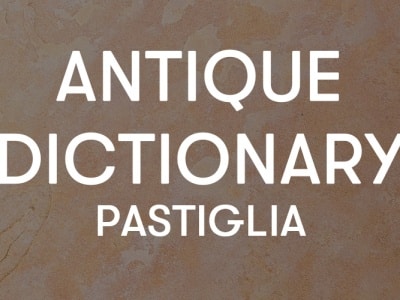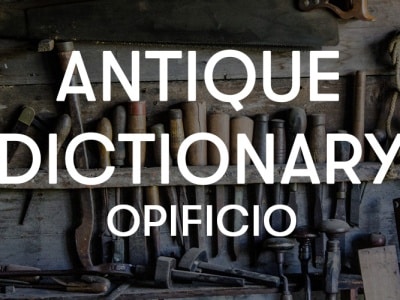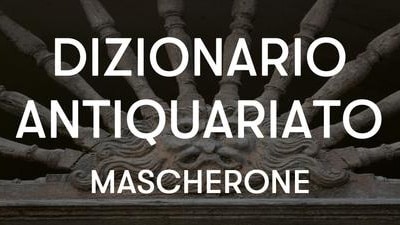
If for a long time Jacob Petit’s creations were strongly criticized because of the bright colors and the excessive eclecticism that characterizes them, nowadays the objects that bear his signature are highly sought after for their originality, the richness of the polychromy and are considered a guarantee of quality.
Jacob Petit (Paris 1796-1868) was an important nineteenth-century porcelain manufacturer, who from 1822 joined the Manufacture de Sèvres, later opening one of his own, near Fontainbleau.
His artistic production consists mainly of decorative objects such as plates, vases, teapots, perfume bottles, but also interior lighting and even fireplaces.
His works are in fact characterized by a bold inventiveness that takes its cue from the different decorative repertoires, both from past eras and those contemporary to him, and also coming from different geographical areas.
The model to which he refers for the pair of candlesticks protagonists of Classic Monday, is in fact that of the famous Capodimonte porcelain.
Produced from the first half of the eighteenth century in the Royal Factory of Capodimonte, founded in Naples by King Charles of Bourbon and his wife Maria Amalia of Saxony.
The structure of the two objects is made of embossed and finely chiseled bronze sheet with decorations with foliaceous volutes and plant motifs, thus suggesting that among the more than eighty workers who worked in the Petit factory, there were also some specialized in casting and processing bronze.
At the center are held two statues (under the base is the trademark of the manufacture) depicting two young people dressed in country clothes albeit enriched, representing the theme of pastoral love, also emphasized by the letter and the pigeon held by the boy and certainly addressed to his beloved.
This theme was strongly appreciated by the aristocracy and the nascent bourgeoisie, as an idealization of love between characters from the bucolic sphere.

Also in the realization of this object, Jacob Petit confirms his quality as an extraordinary colorist.
The artist’s attention is focused on the rendering of the polychromy of porcelain, but does not hesitate to contrast these bright shades with that of bronze, playing with the meticulous decoration made of chisel, which makes some surfaces appear more opaque.
The light is thus reverberated with almost infinite effects on the processed surfaces, creating an effect such that the eye can hardly dwell on a detail, also thanks to the extreme attention paid to the decoration of the details.


